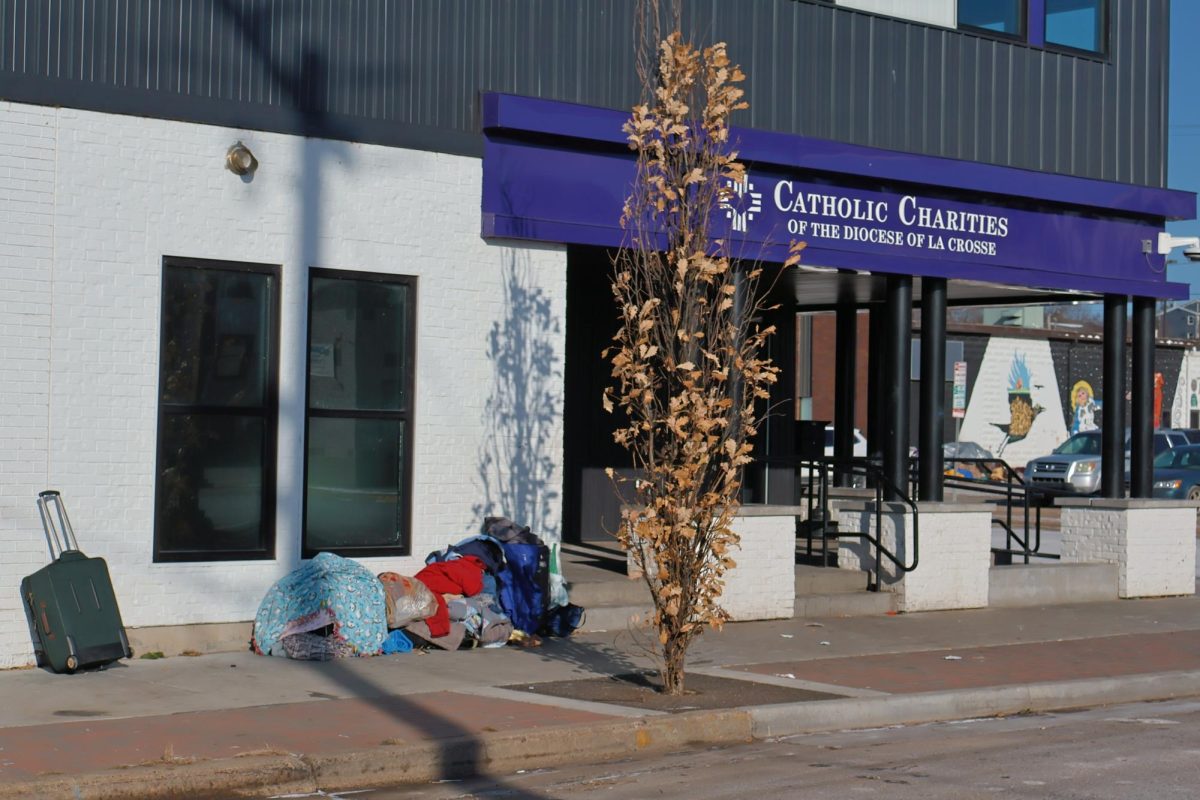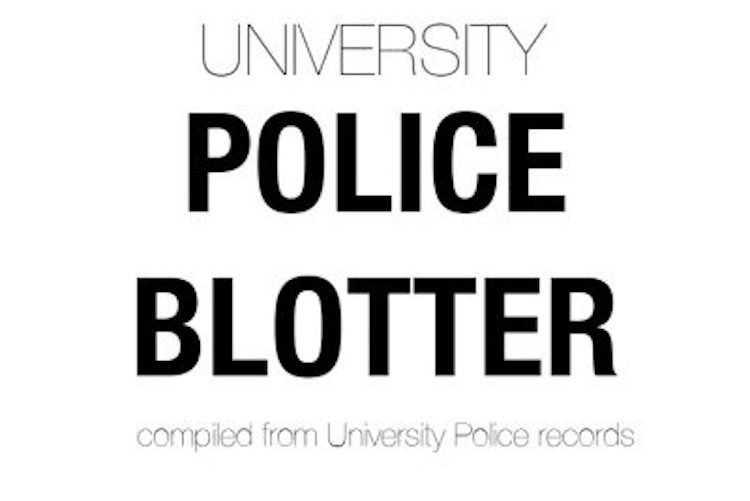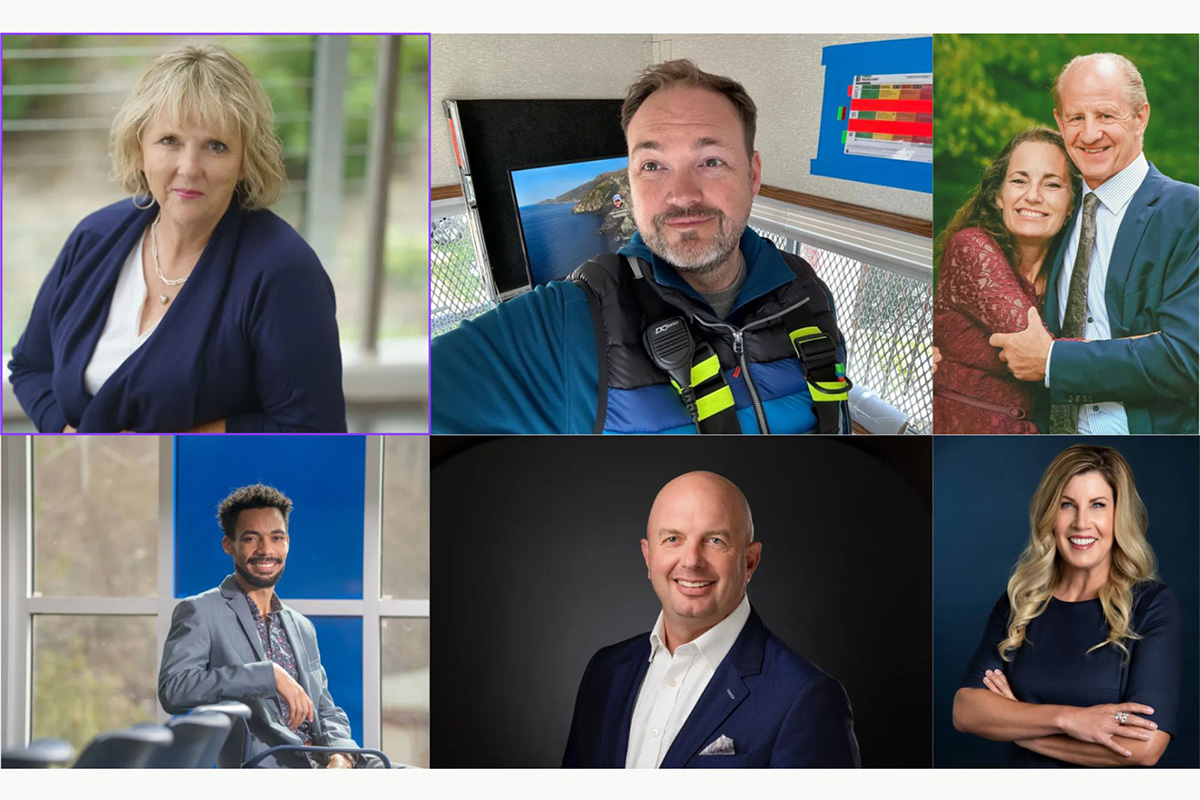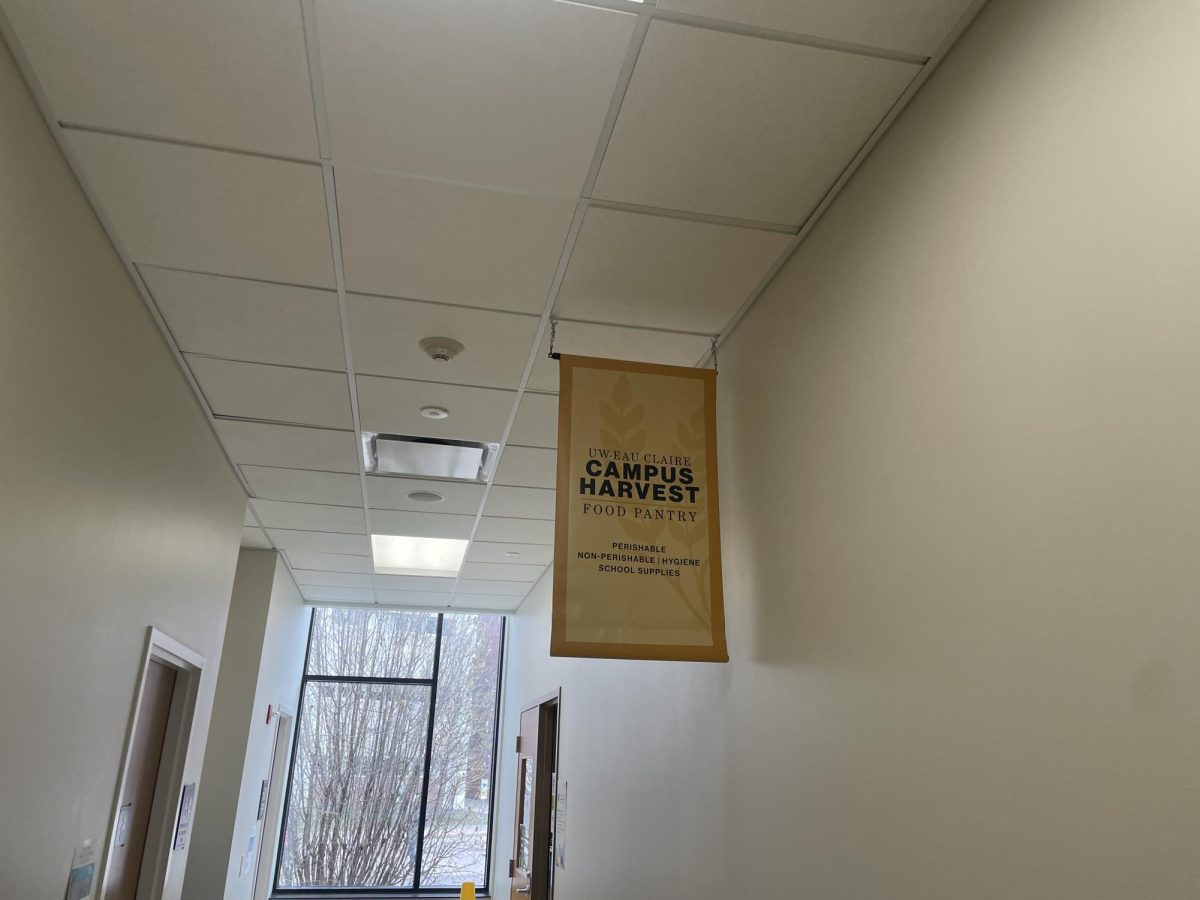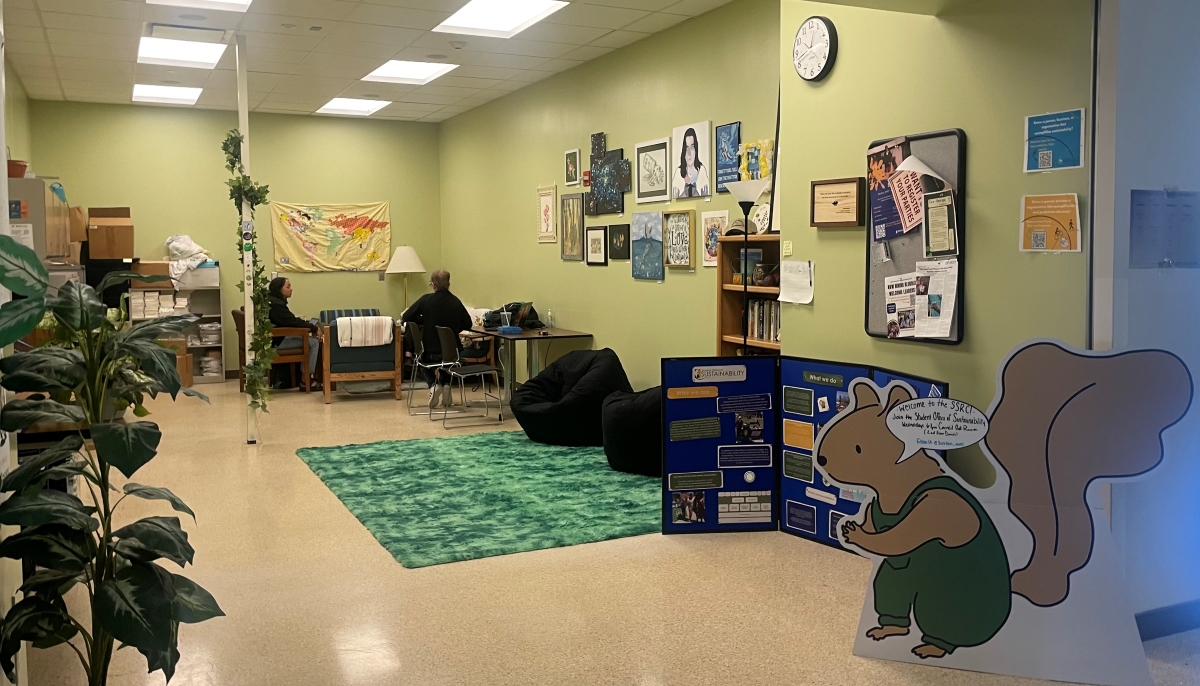ST. PAUL, Minn. – As a Hmong broadcast journalism major, freshman Teresa Her hopes to bring another outlook to the field.
The media can always use different viewpoints. “By having a Hmong perspective and an American perspective, you get an overlap of two cultures,” she said.
Stepping in the direction of broader cultural awareness in the media, Her participated in the “First Nations, New Nations” conference Friday and Saturday at the University of St. Thomas.
The workshop provided presentations about the histories, cultures and social issues of Hmong and Native American communities in the Midwest.
“It’s very exciting to have all these people here to learn about people and cultures that they don’t learn about everyday,” said Lynette Nyman, one of the workshop coordinators and Knight Journalist-in-Residence at UW-Eau Claire.
Nyman planned the workshop in collaboration with Barbara Blackdeer-Mackenzie, another Knight Journalist-in-Residence at Eau Claire.
The communication and journalism department hosted the event in collaboration with the South Dakota State University department of journalism and mass communication.
Sponsored by a grant from the John S. and James L. Knight Foundation, the workshop was free to all CJ students and faculty from both universities.
Journalism students from Eau Claire Memorial and Eau Claire North high schools also took part in the workshop.
“We are thrilled they were able to make it,” Nyman said.
The first conference of its kind involved more than 60 students and included 15 guest speakers. It was considered a success by many.
“The speakers were very good and they touched on a lot of points,” Her said. “The people who went there learned a lot.”
The speakers included leaders, activists, social service professionals and journalists, each with their own insight on Hmong and Native American culture. During Friday’s dinner, Minnesota Sen. Mee Moua spoke on the challenges of becoming the first Hmong American elected to state office.
Although the two cultures exist on different continents, attendees witnessed some similarities between the two.
“I spoke to some of the Native Americans and learned more about their culture,” Her said. “I saw Hmong and Native Americans have some similar artwork, which I thought that was kind of surprising.”
As “First Nations, New Nations” was the first workshop funded through the grant, students will see more opportunities in the future. The grant allows for workshops of this kind each year for the next three years, Nyman said.
“If we broaden a few people’s views,” Nyman said, “then we were successful.”

